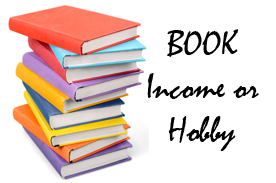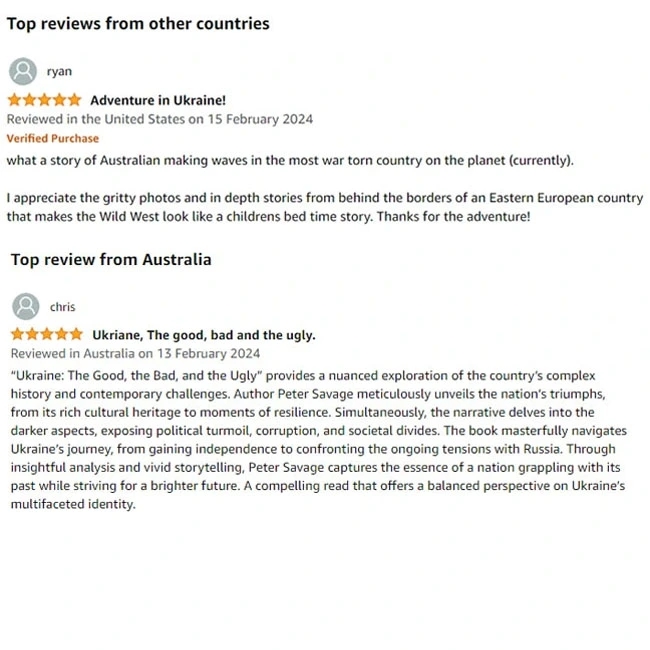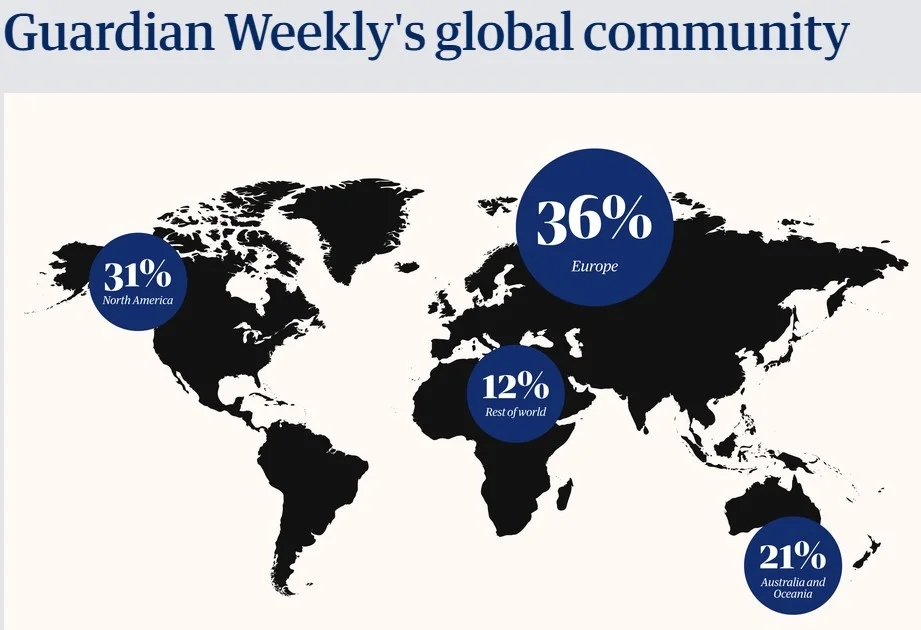What is the most commercial way to publish a book, pros and cons?
Determining the most commercial way to publish a book depends on various factors, including your goals, target audience, and the nature of your book. Here are two primary approaches—traditional publishing and self-publishing—along with their pros and cons:
Traditional Publishing:
Pros:
Prestige and Validation: Being traditionally published is often seen as a stamp of approval, which can enhance your book’s credibility.
Wide Distribution: Traditional publishers have established distribution channels that can get your book into physical stores more easily.
Editorial Support: Traditional publishers typically provide professional editing and cover design services.
Advance Payment: In many cases, authors receive an advance payment against future royalties.
Cons:
Less Control: Authors have less control over the publishing process, including cover design, marketing strategies, and release schedules.
Longer Time to Market: Traditional publishing can be a lengthy process, often taking a year or more from manuscript submission to book release.
Lower Royalties: Authors usually receive a lower percentage of book sales as royalties.
Submission and Rejection: Getting a traditional publishing deal can be highly competitive, and many manuscripts are rejected.

Self-Publishing:
Pros:
Full Creative Control: Authors have control over all aspects of the publishing process, from cover design to marketing strategies.
Speed to Market: Self-publishing allows for a faster time to market, enabling authors to respond quickly to market trends.
Higher Royalties: Authors typically earn a higher percentage of the book’s sales as royalties.
Global Reach: Self-publishing platforms enable authors to distribute their books globally.
Cons:
Initial Costs: While self-publishing can be cost-effective, there may be upfront expenses for professional editing, cover design, and marketing.
Quality Concerns: Some self-published books may lack the professional polish of traditionally published works, leading to potential quality concerns.
Marketing Responsibility: Authors must take on the responsibility of marketing and promoting their books, which can be time-consuming.
Perceived Stigma: While this is changing, some still perceive self-published books as lower in quality compared to traditionally published works.
Hybrid Publishing:
Hybrid publishing is a middle-ground option that combines elements of both traditional and self-publishing. Authors pay for some publishing services while retaining more control over the process than in traditional publishing.
Pros and Cons:
Varied: The pros and cons of hybrid publishing can vary widely depending on the specific hybrid publisher and the services they offer.
More Control, Some Validation: Authors have more control over the process but may still benefit from some level of validation associated with traditional publishing.
Ultimately, the most commercial way to publish a book depends on your goals, preferences, and the specific circumstances of your project. Some authors find success in a combination of approaches, such as using traditional publishing for certain works and self-publishing for others. It’s essential to thoroughly research and consider the options that align with your objectives and resources




Leave a comment